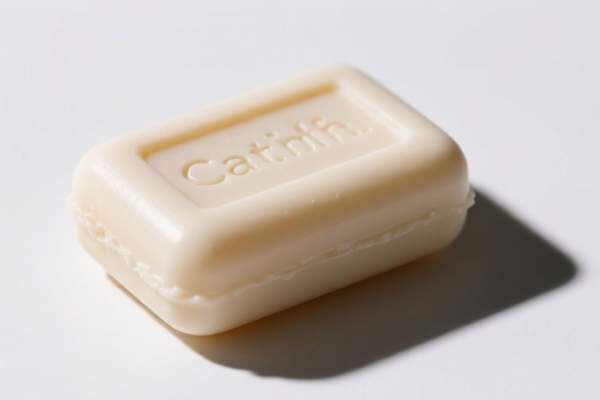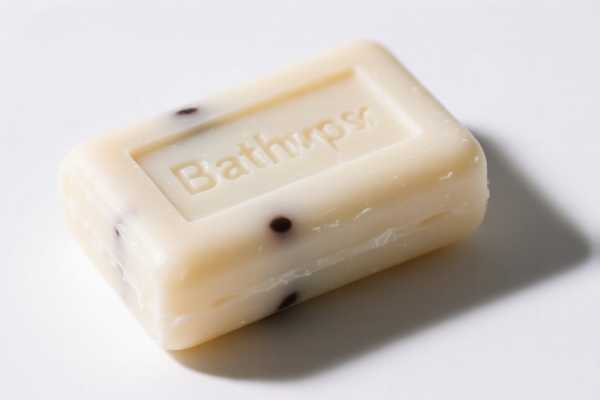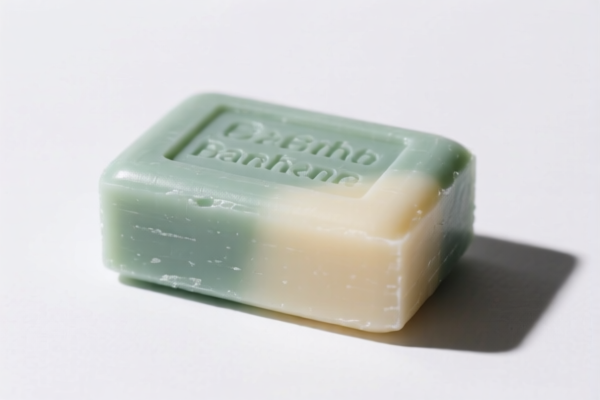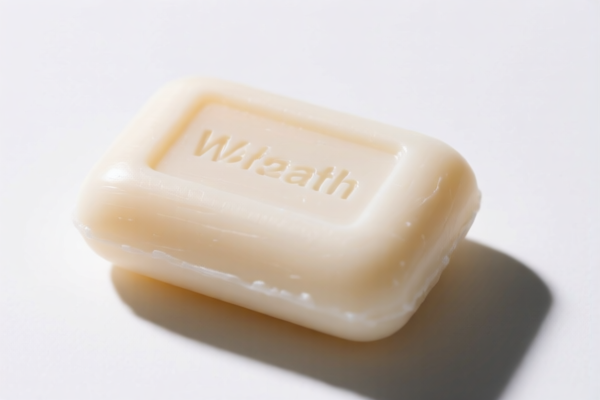| HS Code | Official Doc | Tariff Rate | Origin | Destination | Effective Date |
|---|---|---|---|---|---|
| 3401111000 | Doc | 55.0% | CN | US | 2025-05-12 |
| 3401115000 | Doc | 55.0% | CN | US | 2025-05-12 |
| 3402901000 | Doc | 58.8% | CN | US | 2025-05-12 |
| 3402905010 | Doc | 58.7% | CN | US | 2025-05-12 |
| 3307900000 | Doc | 60.4% | CN | US | 2025-05-12 |
| 3307200000 | Doc | 59.9% | CN | US | 2025-05-12 |
| 3304995000 | Doc | 55.0% | CN | US | 2025-05-12 |
| 3304991000 | Doc | 55.0% | CN | US | 2025-05-12 |




Bath Soap Six Piece Set
A bath soap six piece set typically refers to a collection of six individual bars or units of soap designed for personal cleansing during bathing or showering. These sets are commonly marketed for convenience, variety, or as gift items.
Material
The composition of bath soaps within a set varies widely, but common materials include:
- Sodium Tallowate/Sodium Palmate: These are traditional soap bases derived from animal fats (tallow) or vegetable oils (palm oil). They provide a hard, long-lasting bar with good lathering properties.
- Glycerin: Often added as a humectant to prevent dryness and maintain skin moisture.
- Coconut Oil: Contributes to a rich lather and gentle cleansing.
- Shea Butter/Cocoa Butter: Offer moisturizing and emollient properties.
- Plant-Based Oils: Olive oil, almond oil, jojoba oil, and other botanical oils are frequently used for their skin-nourishing benefits.
- Fragrances: Natural essential oils or synthetic fragrances are added for scent. Common scents include lavender, rose, sandalwood, citrus, and unscented options.
- Colorants: Natural or synthetic dyes are used to create visually appealing soaps.
- Exfoliants: Some sets include soaps with added ingredients like ground oatmeal, poppy seeds, or loofah particles for gentle exfoliation.
- Additives: Ingredients like Vitamin E, aloe vera, or herbal extracts may be incorporated for specific skin benefits.
Purpose
The primary purpose of a bath soap six piece set is personal hygiene – cleansing the skin of dirt, oil, and impurities. Specific formulations may target different skin types or concerns, such as:
- Moisturizing: For dry or sensitive skin.
- Exfoliating: To remove dead skin cells.
- Antibacterial: To help reduce bacteria on the skin.
- Soothing: For irritated or sensitive skin.
Function
The function of bath soap relies on the interaction between the soap molecules and water. Soap molecules have a hydrophilic (water-attracting) head and a hydrophobic (water-repelling) tail.
- The hydrophobic tail binds to dirt and oil on the skin.
- When water is added, the hydrophilic head attracts to the water, lifting the dirt and oil away from the skin.
- This creates an emulsion that can be rinsed away, leaving the skin clean.
Usage Scenarios
- Daily Shower/Bath: The most common use.
- Handwashing: Some soaps are suitable for handwashing, though dedicated hand soaps are often preferred.
- Guest Bathrooms: Sets are often placed in guest bathrooms for convenience.
- Gift Giving: Popular as gifts due to variety and presentation.
- Travel: Smaller sets or individually wrapped bars are convenient for travel.
Common Types
- Traditional Bar Soap: The most common type, made using the saponification process.
- Glycerin Soap: Known for its moisturizing properties and transparency.
- Cold Process Soap: Made at lower temperatures, preserving more of the natural glycerin and oils.
- Melt and Pour Soap: Made by melting a pre-made soap base and adding colorants, fragrances, and other ingredients.
- Liquid Soap: Though a set typically includes bars, some sets may include liquid soap options.
- Exfoliating Soap: Contains added particles for removing dead skin cells.
- Artisan Soap: Handmade soaps often with unique ingredients and designs.
- Organic Soap: Made with certified organic ingredients.
Bath soap, packaged as a six-piece set, falls under several potential classifications based on the provided information.
- 3401111000: This HS code covers soap; organic surface-active products and preparations for use as soap, in the form of bars, cakes, molded pieces or shapes, whether or not containing soap. This includes Castile soap. The six-piece set, if composed of bar soap, would likely fall under this code. The total tax rate is 55.0%, comprised of a 0.0% base tariff and a 25.0% additional tariff, increasing to 30% after April 2, 2025.
- 3401115000: This HS code also covers soap, specifically “Other” types for toilet use (including medicated products). If the bath soap set contains medicated soap or is otherwise categorized as “other” within this classification, it would be appropriate. The total tax rate is 55.0%, comprised of a 0.0% base tariff and a 25.0% additional tariff, increasing to 30% after April 2, 2025.
- 3307900000: This HS code covers “Other” perfumery, cosmetic or toilet preparations, not elsewhere specified or included; prepared room deodorizers, whether or not perfumed or having disinfectant properties. If the bath soap set is heavily fragranced and marketed as a cosmetic preparation beyond basic cleansing, this code might apply. The total tax rate is 60.4%, comprised of a 5.4% base tariff and a 25.0% additional tariff, increasing to 30% after April 2, 2025.
It is important to note that the final classification depends on the specific composition and marketing of the bath soap set. If the soap is heavily fragranced and marketed as a cosmetic preparation, HS code 3307900000 may be more appropriate. Otherwise, HS codes 3401111000 or 3401115000 are likely to be more suitable.
Customer Reviews
No reviews yet.